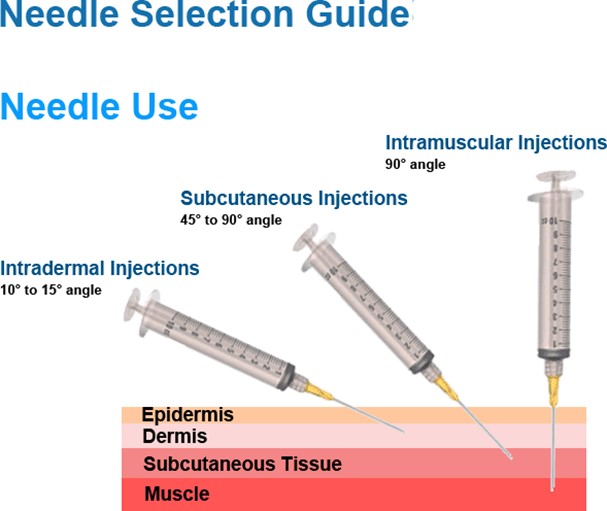Which statement, if made by an older client diagnosed with urinary incontinence, indicates a need for further teaching?
“I will take my water pill in the morning so I don’t have to go to the bathroom so much at night.”.
“I will limit how much I drink to reduce my chance of having an accident.”.
“I plan to use the commode next to my bed instead of trying to make it to the bathroom.”.
“I want to use the commode in my room instead of wearing adult briefs.”.
The Correct Answer is B
Limiting fluid intake can lead to dehydration and concentrated urine, which can irritate the bladder and increase the risk of infection. Older adults should drink about 2 liters of fluid per day unless they have a medical condition that requires fluid restriction.
Choice A is correct because taking diuretics in the morning can reduce nocturia and improve sleep quality.
Choice C is correct because using a commode next to the bed can prevent falls and injuries that may occur when trying to reach the bathroom in a hurry.
Choice D is correct because using a commode in the room can preserve dignity and comfort, and reduce skin breakdown and odor that may result from wearing adult briefs.
Nursing Test Bank
Naxlex Comprehensive Predictor Exams
Related Questions
Correct Answer is B
Explanation
This needle size is appropriate for an intramuscular injection into the deltoid of a 175-pound adult male with a viscous fluid.
The needle length should be long enough to reach the muscle through the subcutaneous tissue, and the needle gauge should be suitable for the viscosity of the fluid. A 23-gauge needle is a common choice for intramuscular injections.

Choice A is wrong because a 1/2 inch needle is too short to reach the deltoid muscle in an adult male.
Choice C is wrong because a 1-1/2 inch needle is too long and may cause injury to the underlying nerves or blood vessels.
Choice D is wrong because a 16-gauge needle is too large and may cause excessive tissue trauma and pain.
Correct Answer is A
Explanation
Two 4x4 gauze cloths saturated with purulent drainage. This statement provides the best documentation of the amount of wound drainage because it specifies the size and number of gauze cloths, the type and amount of exudate, and the presence of infection
Choice B is wrong because it does not indicate the size or number of dressings, the type or amount of exudate, or the presence of infection.
Choice C is wrong because it does not indicate the size or number of dressings, the type of exudate, or the presence of infection.
Choice D is wrong because it does not indicate the size or number of dressings, the type of exudate, or the presence of infection.
Normal ranges for wound drainage are categorized as scant, minimal, moderate, or large/copious The type of wound drainage can be described as serous, sanguineous, serosanguineous, or purulent
Whether you are a student looking to ace your exams or a practicing nurse seeking to enhance your expertise , our nursing education contents will empower you with the confidence and competence to make a difference in the lives of patients and become a respected leader in the healthcare field.
Visit Naxlex, invest in your future and unlock endless possibilities with our unparalleled nursing education contents today
Report Wrong Answer on the Current Question
Do you disagree with the answer? If yes, what is your expected answer? Explain.
Kindly be descriptive with the issue you are facing.
